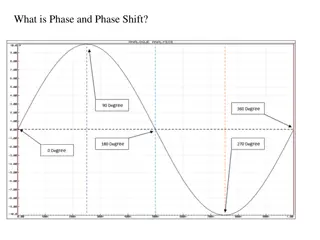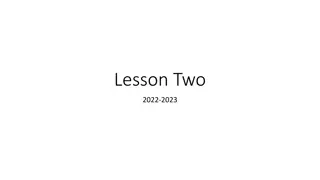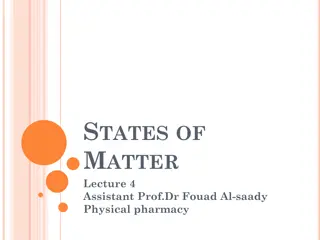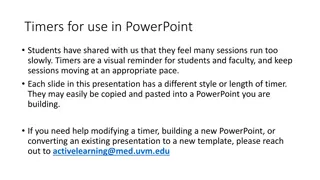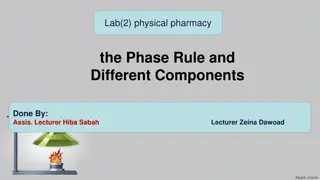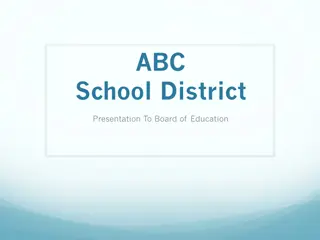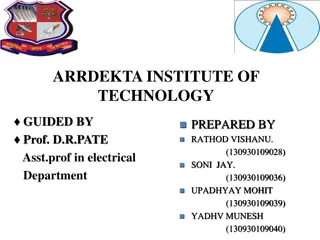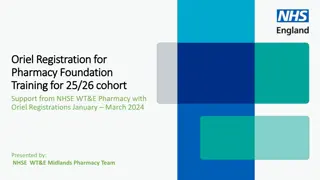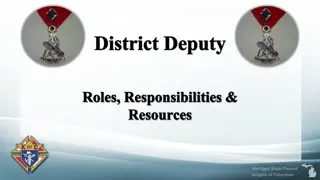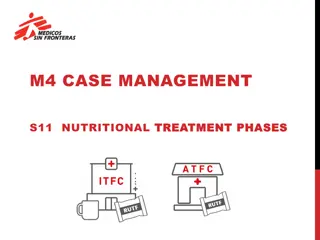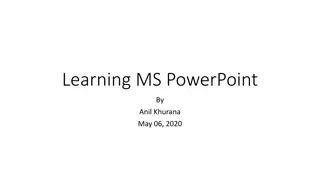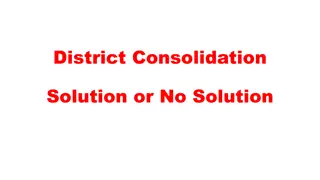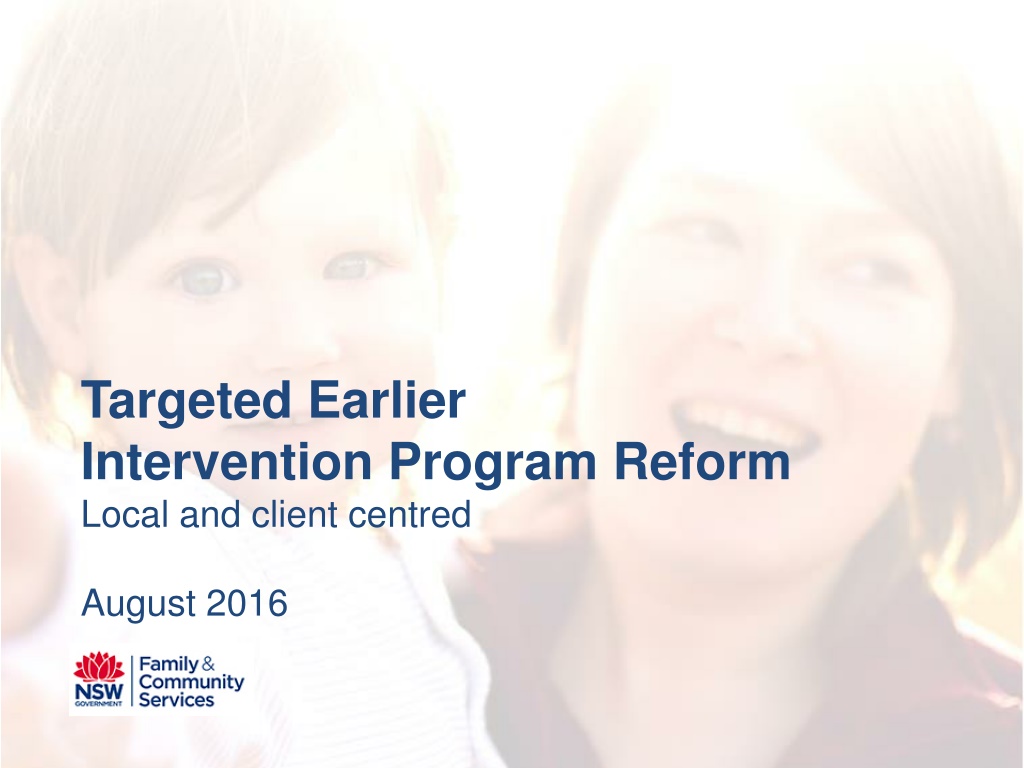
Local & Client-Centered TEI Program Reform - August 2016
Explore the TEI Program Reform focusing on client needs over program guidelines, local responsiveness, evidence-based practices, adaptability, and client-centered services. Learn about key milestones, stakeholder consultations, and the vision for program reform to meet families' needs earlier and prevent escalation of challenges. Principles entail evidence-informed services, outcomes-focused approach, integrated service system, and early intervention priorities.
Download Presentation

Please find below an Image/Link to download the presentation.
The content on the website is provided AS IS for your information and personal use only. It may not be sold, licensed, or shared on other websites without obtaining consent from the author. Download presentation by click this link. If you encounter any issues during the download, it is possible that the publisher has removed the file from their server.
E N D
Presentation Transcript
Targeted Earlier Intervention Program Reform Local and client centred August 2016
Our direction We want a service system that is: Flexible - focusing on client needs rather than program guidelines Locally responsive - to the strengths, assets and needs of local communities Evidence based - grounded in what we know works and building on that knowledge Adaptive - continuously improving and responding to change Client centred - working with the person and family to address their needs. 2
TEI Program Reform key milestones Extensive research and reviews conducted including the ARACY report Sector-wide consultation Existing service contracts extended until June 2017 What you told us report consolidating consultation feedback released The public report Targeted Earlier Intervention Program Reform Directions local and client centred outlining the reform directions released in August 2016 3
Stakeholder consultation Since August 2015, consultation has been undertaken with stakeholders. We received 508 written submissions from the Sector, FACS staff and other Government and related organisations held 26 district consultation forums attended by 1,100 participants held 11 Aboriginal stakeholder consultations attended by 150 participants Received feedback from over 1800 clients via survey, focus groups and on-on-one interviews 4
Vision for TEI program reform Families, children and young people s needs are met earlier to prevent the escalation of need. Families are able to access support earlier in the lives of their children and young people, and are empowered to live independent meaningful lives. Risk factors that lead to child abuse and neglect and domestic family violence are addressed earlier. Aboriginal children, young people and families have access to effective and culturally safe support and services. 6
Principles for TEI program reform 1. Services are evidence informed and targeted to need 2. An outcomes-focused approach 3. An integrated service system 4. Earlier intervention remains the focus and priority of TEI services 5. Working in partnership 6. Joint service design and delivery 7. Building the sector s capacity 7
Targeted Earlier Intervention Program Reform Directions local and client centred In order to achieve this vision FACS will: Design and commission high-quality, client centred TEI services, delivered early in life and, at critical points in people s lives. Adopt agreed indicators to measure, monitor and review the system s performance regularly. Implement a strategy to prioritise the needs of Aboriginal children, young people and families to achieve better outcomes. Monitor client outcomes and base contractual agreements on outcomes with a mix of outputs. Assist providers to design/implement evidence-informed solutions tailored to meet local needs.
Improve outcomes for clients of TEI services Why change? Loosely connected data reflects outputs rather than outcomes - consistent performance measurement and evaluation is needed to assess, measure and improve outcomes. Where we re heading We will develop and implement a Performance Monitoring and Evaluation (PME) Framework that will allow us to: Build the TEI evidence base Change practices and culture, and contribute to better client and system outcomes. How we ll get there We will take an incremental approach to implementing the PME Framework: Develop agreed outcomes, indicators and measures. Develop an evaluation system that aligns with outcomes. Implement infrastructure support, including building capacity for collecting and analysing data and realigning reporting systems.
Create a service system continuum grounded in evidence- informed practice Why change? Strong sector support for move towards evidence-informed practice / emerging evidence. Where we re heading Gradual transition to increasing the number of evidence informed practice over time. All newly commissioned services to be evidence-informed Build monitoring and performance management component into existing services, and allow for innovation and testing of promising practices. How we ll get there Start by developing an evidence-informed support plan ideally co-designed with service providers and clients, and covering targets, local planning and contracting arrangements. In implementing the plan we will aim to: Provide support for training, capacity-building and cultural change, and support to organisations requiring it Adapt emerging evidence/research from pilot services.
Target resources to those with the greatest needs Why change? The current program structure can be an impediment to improving client outcomes - siloed services, administrative burdens and inflexible program guidelines and criteria. Need to improve access / awareness of services for priority at risk groups, and this should also inform the design and delivery of TEI services. The current funding model is not seen as being sufficiently equitable, with the least disadvantaged LGAs receiving almost half of total TEI financial resources Where we re heading Redesign the current TEI service structure based on a needs assessment of client characteristics and current services - this will identify service gaps and areas of over- servicing, to inform the design of a new TEI service structure. Reform of Aboriginal service provision will be embedded into the TEI program reform, to ensure a focus on the needs of Aboriginal children, young people and families. Co-design of services and culturally safe practices will be emphasized. Gradually change the way we commission services - driven by the needs of clients, with the timing of change determined by local collaborative planning processes.
How well get there The new TEI service structure will be developed in the context of the FACS Client Outcomes Framework - to ensure the new structure aligns with district budget allocation, procurement and contracting arrangements. A TEI Aboriginal Services Strategy will be embedded in each element of the reform process. Districts will be required to adequately represent and empower Aboriginal people in the design, delivery and evaluation of services.
Facilitate district decision-making on the design and delivery of local services Why change? During consultations, stakeholders consistently called for more formalised governance structures to enable coordination and collaboration across the TEI sector. Where we re heading Develop a range of formal governance arrangements: A formalised central governance group involving NGO and Aboriginal peak bodies and NSW health and human services agencies. A formalised local governance groups involving relevant NGO and Aboriginal service providers, district staff from FACS, and other NSW health and human services agencies. How we ll get there Avoid duplication of existing governance structures - enhance existing structures and consider different governance models already established, but ensure TEI focus. Map and analyse the role of relevant government and non-government stakeholders. Consider quality assurance for governance models.
Increase flexibility so that clients are the centre of the system Why change? FACS has nine TEI programs, each with its own guidelines, eligibility criteria and target groups, with current contract structure focusing on service outputs over client outcomes. Where we re heading Develop a more cohesive system with common goals and outcomes through shared local/regional approaches to identifying community needs and priorities: Develop and implement common processes, structures and system enablers Provide training, professional development and support to practitioners Implement a mix of output-based and outcomes-based contracting, with longer contracts. How we ll get there Over time establish common processes, such as standard assessment frameworks and referral pathways, and gradually update service models to evidence-informed practice. Build practitioner capacity through training and professional development, networking/information-sharing and professional advice to adapt to these changes. Introduce a three-year plus two-year extension arrangement for new contracts, and consider five-year contracts in the future.
Implementation timeline July 2016 June 2017 - Service design and planning Transition July 2017 onwards Develop a Performance Monitoring and Evaluation Framework. Identify evidence-informed service models, establish expert panel and consult with other government departments. Confirm TEI service structure. Scope system enhancements. Validate resource allocation models. Establish governance framework. Develop a strategy that will prioritise the needs of Aboriginal children, young people and families. District information sessions - August/September 2016. Commence district service system planning and transition sessions, with sector, beginning October 2016. Begin district transition, dependent on district planning, from end-2016 calendar year. Implement commissioning process for TEI service contracts due to end on 30 June 2017. Monitor TEI services in relation to PME Framework. Expand on evidence-informed models based on lessons learned from services already using this practice. Implement TEI system enhancements. Gain approvals and implement resource allocation model/s. Report progress on TEI reform improvements. Transition to new TEI service contracts in line with local planning and timing. Engage with stakeholders and provide training, information and support. Support districts and service providers to implement key elements of the Aboriginal Services Strategy.
More information & Questions To keep up to date, register for the TEI Program Reform newsletter via www.facs.nsw.gov.au/teiprogramreform Email: TEIReform@facs.nsw.gov.au 16

